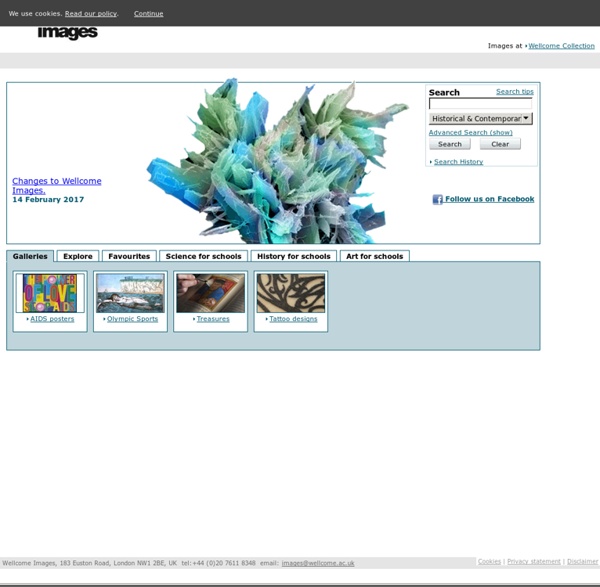



Ask Nature - the Biomimicry Design Portal: biomimetics, architecture, biology, innovation inspired by nature, industrial design - Ask Nature - the Biomimicry Design Portal: biomimetics, architecture, biology, innovation inspired by nature, industrial desi everystockphoto - searching free photos Cell Size and Scale Some cells are visible to the unaided eye The smallest objects that the unaided human eye can see are about 0.1 mm long. That means that under the right conditions, you might be able to see an ameoba proteus, a human egg, and a paramecium without using magnification. A magnifying glass can help you to see them more clearly, but they will still look tiny. Smaller cells are easily visible under a light microscope. To see anything smaller than 500 nm, you will need an electron microscope. Adenine The label on the nucleotide is not quite accurate. How can an X chromosome be nearly as big as the head of the sperm cell? No, this isn't a mistake. The X chromosome is shown here in a condensed state, as it would appear in a cell that's going through mitosis. A chromosome is made up of genetic material (one long piece of DNA) wrapped around structural support proteins (histones). Carbon The size of the carbon atom is based on its van der Waals radius.
Free Images - Free Stock Photos top20biology.com Public Domain Clipart optimized for word processors Learn Biology Online For Free with our Huge Collection of Open Courses If you’ve always been interested to learn more about nature and the diversity of life, you can now Learn Biology Online for Free! Free Biology courses are easy to find yet some of the ones you find may not be worth your time. We’ve put together a list of Biology courses from well-respected institutions such as John Hopkins, Yale, MIT, Stanford, and UCLA. MOOCs are Massive Open Online Courses. These are University-level courses that have been put online. Many textbooks to help you learn biology online are now made available for free, in either PDF or Digital Format. We have listed here some of the more popular K-12 Resources available for learning Biology Online. SkilledUp is committed to bringing you all the best open educational resources, and we have curated over 850 online open educational resources for you as part of OpenU.
Smithsonian Images: Digital Photography, Printed Pictures, Historic Images, and E-Cards Welcome Guest Home | Promotions | Login | Shopping Cart | My Portfolio Search: Enter Keyword Browse Photos: Air and Space American History Animals Fireworks Gems and Minerals History of Technology Marine Life Military History Nature The Presidency Transportation Washington, DC more categories... Browse Browse or search through selected images from the Collections of the Office of Imaging and Photographic Services. Download Select and download screen resolution images for personal and educational use. Create Create your own portfolio of favorite Smithsonian image and send e-cards of your favorite images to family and friends. Buy Purchase high quality prints and digital images through secure online ordering system. About Us | Privacy Policy | Copyright | Smithsonian Institution | Help
Diversity In Nature :: SeenAndShared.com :: Best Quality! Diversity "Diversity is not about how we differ. Diversity is about embracing one another's uniqueness." - Ola Joseph "United we stand, divided we fall." - Aesop (620 -560 B.C.) "Diversity: the art of thinking independently together." - Malcom Forbes "Love the one you're with." - Stephen Stills "Diversity is the magic. The greater the diversity, the greater the perfection." - Thomas Berry "We are eternally linked not just to each other but our environment." - Herbie Hancock "We cannot afford to be separate. . . . "I know there is strength in the differences between us. "Uniformity is not nature's way; diversity is nature's way." - Vandana Shiva "Share our similarities, celebrate our differences." - M. "Diversity is the one true thing we all have in common. Zap this page to your friends with One-Click-Forwarding!
unprofound.com : royalty free phototography project - a public domain stock photo collaboration It's Plantin' Time! One of the most anticipated science units in my classroom is our study of life cycles. We spend most of our fourth quarter studying the life cycles of plants, butterflies, frogs, and mealworms. It's one of my most favorite times of the year and one that my kiddos really look forward to! Our end of the year open house falls during this time and we made these flower booklets from myLife Cycle of Plants unit to showcase our plant study. However, we had few glitches! We started out with a parts of a seed lab, observing, writing and comparing predictions about what we would find inside of our seeds. After a couple of days we got this and had to start over! I love how this student included the mold in her diagram! We labeled diagrams of plants and wrote about the job of each plant part. You can grab a copy of these charts in my TPT shop {HERE} We also incorporated some comprehension strategies with this little cause and effect activity. Happy planting, teacher friends!
FreePixels.com